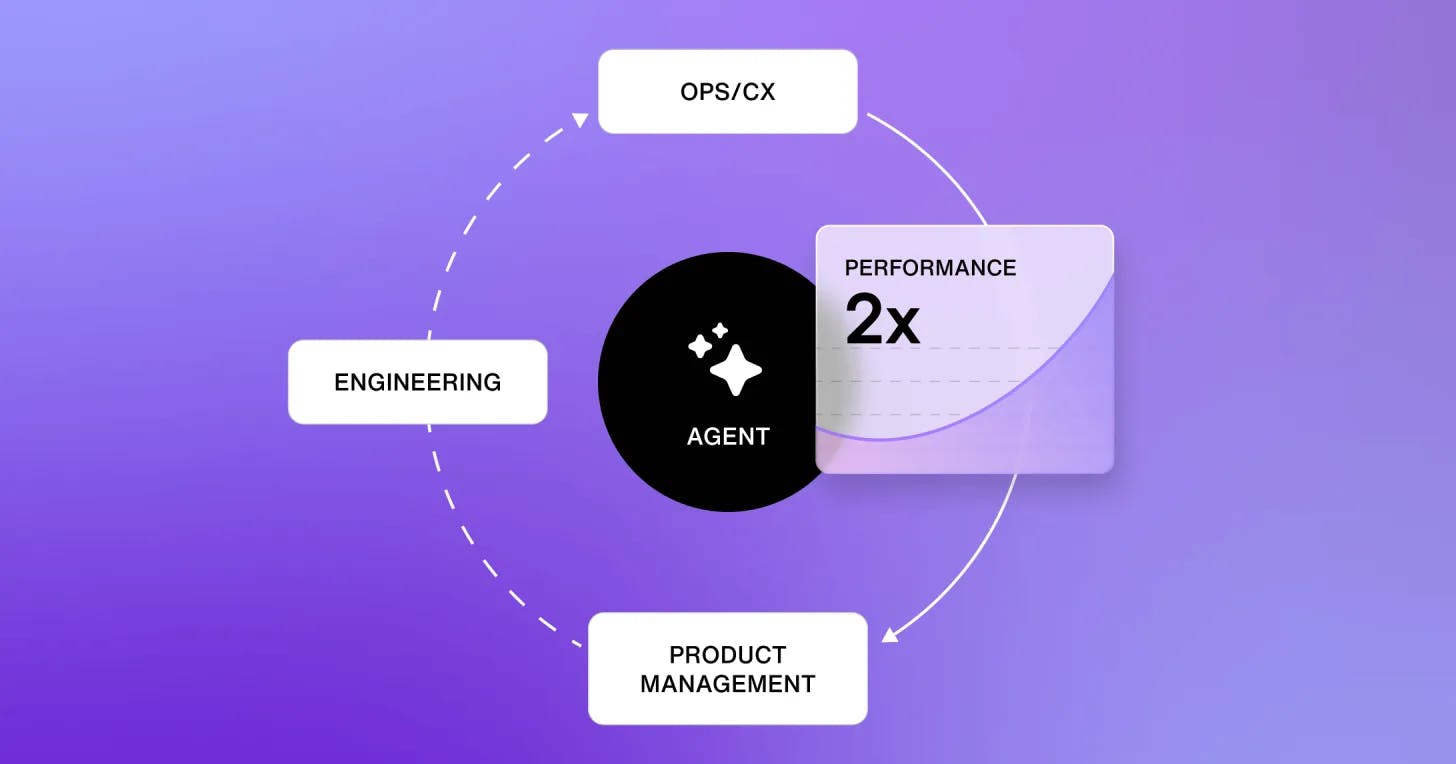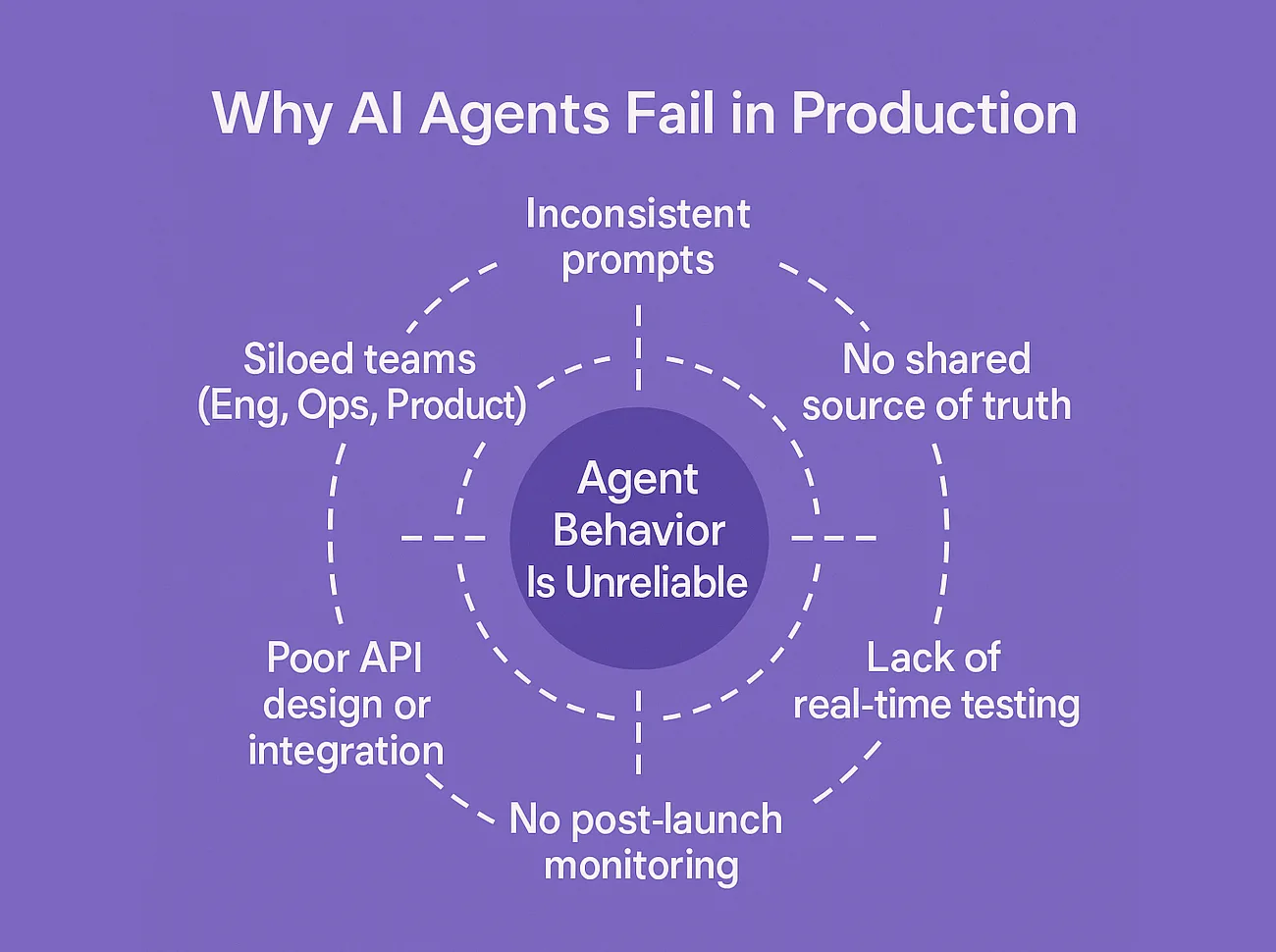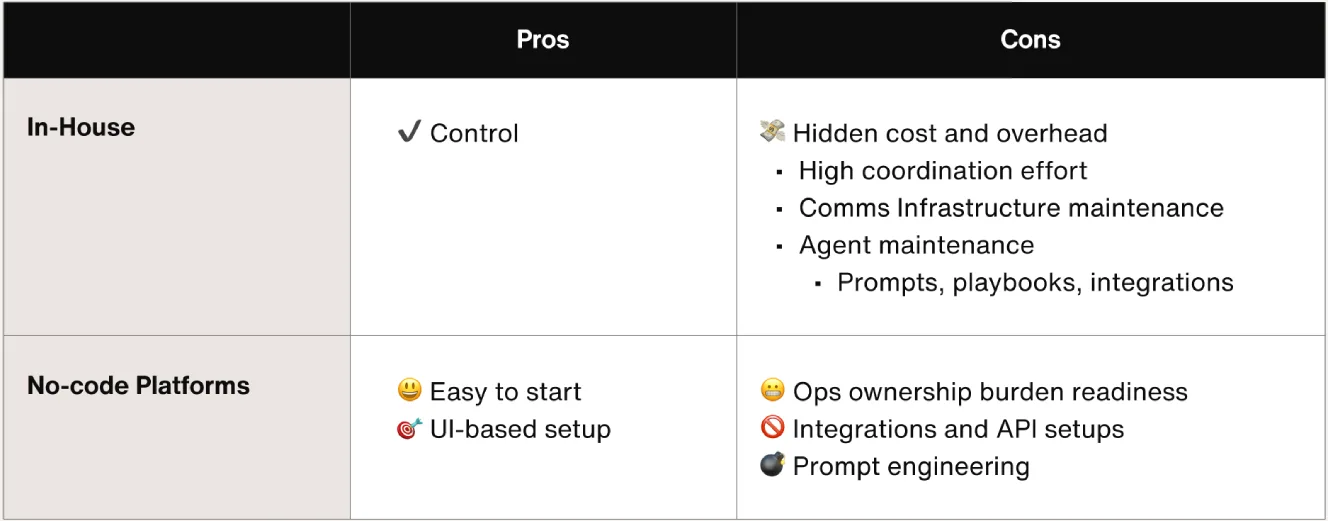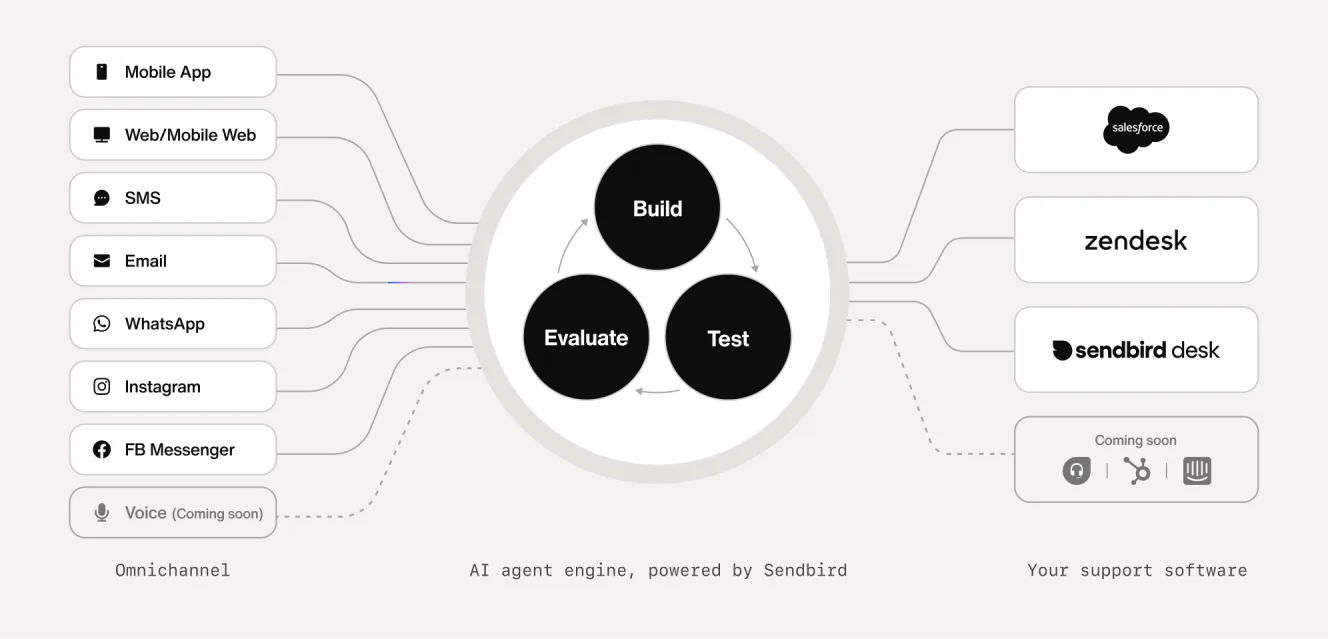From pilot to production: The AI agent implementation strategy that works

AI agents are no longer a futuristic concept—they're quickly becoming an enterprise expectation. According to Gartner, by 2028, 33% of enterprise software applications will include agentic AI, up from less than 1% in 2024. Customers already anticipate this shift: by 2029, 80% of customer service issues are expected to be resolved without human intervention. Leadership is asking for them. Teams are prototyping them.
But turning AI agents into real, scalable solutions is proving far more complex than most businesses anticipate. As KPMG reports, while organizations are rapidly accelerating from experimentation to pilot—jumping from 37% to 65% in early 2025—the percentage actually deploying agents remains flat at just 11%. The intent is high, but successful implementation of agentic AI can be a challenge.
The complexity isn’t the UI. It’s not the Large Language Model (LLM). It’s the AI agent behavior consistency.
LLM-based services aren’t like SaaS. They don’t follow programmed logic—they interpret and take action. And because of this agency, tiny changes in prompts, system context, or playbooks can cause behavior to drift—or fail entirely. This unpredictability isn’t a flaw; it’s the nature of the technology behind agentic AI. Making AI agents reliable requires rigor, testing, and coordination across multiple teams.

8 major support hassles solved with AI agents
The real reasons AI agent projects fail
Companies typically follow one of two strategies to deploy AI agents: build internally or buy a no-code, best-ranked AI agent builder platform.

In-house AI agent building
Engineering-led builds seem promising—at first. They promise complete control, API integration, and deep customization. But most of these efforts quickly run into difficulties.
AI agents’ behaviors vary, and tracking changes in prompts and playbooks becomes cumbersome.
The coordination of engineering with product, and operations is challenging. Collaboration slows down or breaks altogether.
Also, engineers not only have to manage the AI agents and integrations but also have to build and maintain a real-time communication infrastructure with no clear funding and bandwidth to maintain it.
What started as a fun and promising project quickly drags or gets to a stall.
Third-party AI agent solutions
No-code AI agent tools, meanwhile, promise speed—but hand off complexity to Operations. Ops teams are told to paste in SOPs, write prompts, and connect systems with minimal oversight. But APIs aren’t that friendly to non-technical staff, and prompting isn’t intuitive. Structured logic has to be crafted and validated. A misplaced word, an inconsistent pattern, or even an extra indent can derail behavior. Most teams don’t have the expertise, nor the guardrails, to make AI agents work reliably.


Harness proactive AI customer support
What we've learned implementing AI agent workflows in the real world
Across dozens of agentic deployments, we’ve seen the pattern repeat. AI agents don’t only fail in production because features are missing. They fail because teams underestimate what it takes to align behavior, logic, and performance, especially when responsibilities and ownership are scattered across departments that haven’t been built together before.
That’s why Sendbird offers more than just AI software—it provides a complete delivery model.
We provide a no-code AI agent interface that allows your team to create, test, manage, and evolve the agent.
We provide the omnichannel communication infrastructure that already powers billions of real-time conversations for companies like DoorDash, Shipt, the Match Group, and many more.
We provide a team of AI experts that embeds with yours to craft agents who behave as they should, not just on launch day but every day.
The Sendbird agentic approach
Our AI agent builder was designed to reflect how agents operate in the real world. It brings together everything required to define, test, manage, evaluate, and improve behavior as your business grows.
Knowledge sources with enhanced RAG keep agents grounded in accurate, domain-specific responses.
Structured Actionbooks define how the agent reasons, decides, and executes, with version control built so teams can iterate safely.
Proactive AI Agents run omnichannel—from in-app to SMS, WhatsApp, and Email—without duplicating logic or breaking the customer experience.
Every conversation is testable, multi-turn, and transparent. Before it ever reaches a customer, it can be simulated, inspected, and debugged.
After launch, performance is tracked in detail. Teams can analyze what the AI agent said, what worked, what didn’t, and why with our activity trails.
Native integrations with Sendbird Desk, Zendesk, Freshdesk, Sprinklr, and Salesforce enable seamless human handoff—preserving context and keeping the customer experience intact.

We don’t just hand over AI agent tools. We help you use them. Our AI team works directly with product, engineering, and ops to co-develop agents, define standards, and build the operational knowledge your team needs to own and evolve the system over time.

Leverage omnichannel AI for customer support
You need more than an AI agent platform — you need a partner
Sendbird isn’t just a way to build AI agents. It’s a way to make them work successfully—across your stack, your teams, and your business goals. We combine infrastructure, interface, and integrated support to take companies from prototype to production, from reactive to strategic.
If your company is serious about operationalizing agentic AI, not just experimenting with it, we’re ready to help. We’ll build it with you and make it work. 👉 Reach out.











